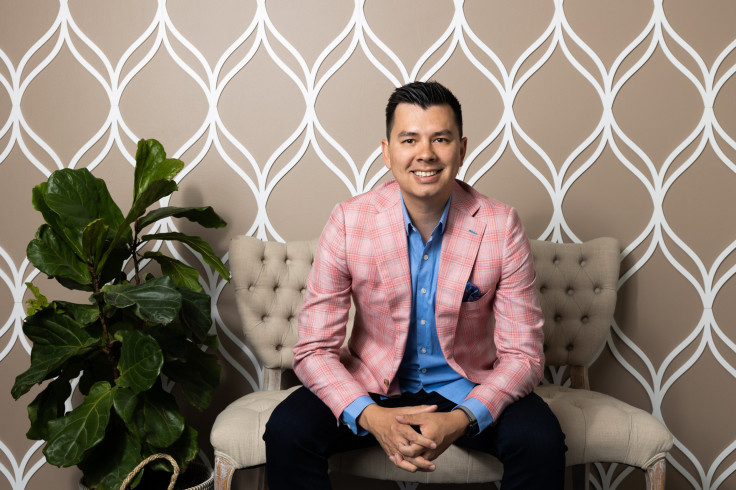Dr. Jerry Chidester: Hand-Crafted Compassion

After a short, pandemic-induced slump in 2020, cosmetic plastic surgery trends are back to their rising trajectory. According to data released by the Aesthetic Society, there were 54% more surgical procedures and 44% more non-surgical procedures in 2021 than in 2020. Even though these numbers reflect the size of the backlog accrued during the first year of the pandemic, they also show that cosmetic procedures are becoming more acceptable and more easily accessible.
The industry reacted and adapted to the increased workload along with the different patient attitudes and profiles. For Dr. Jerry Chidester, a Utah-based plastic and hand surgeon known online as Dr. Chiddy, adopting a conveyor-belt approach to his patients' needs was not an adaptation he was willing to make.
"My approach to patients cannot be, hey, here's a discount, come in, have your surgery, and then I never see you again," he explains. "We see our patients a lot before, during, and after the procedure, and we want to ensure they're good throughout. And that means physically as well as mentally."
With studies suggesting that mood disorders are more prevalent among cosmetic surgery patients than within the general population, surgeons and their staff must learn to recognize potential mental health issues in their patients. Even more important, however, is to devote enough time to evaluate them – it may take time to discern symptoms of body dysmorphia versus a healthy desire for change, for example. In a hurried environment, diagnoses are often easily overlooked.
Dr. Jerry Chidester’s approach toward tackling the issue involves commitment, rapport and genuine compassion. Understanding that the individual journey begins well before a patient darkens his doorway, and in today’s world, usually involves thorough online research, he committed to partner with his potential patients there.
"The goal is to remove impulsivity from the equation," he says. "When they come in, they should be educated and empowered, and social media has been an invaluable tool to share this information with anyone researching cosmetic procedures."
After a patient first crosses the threshold, the next step is to ensure that he spends ample time with them. The hour-long consultation is the perfect opportunity for Dr. Jerry Chidester to discover the impetus for such a major step, one which carries permanent and life-changing results for their bodies.
"We make sure we have their health information and plans before they come in," Dr. Jerry Chidester explains. "So the one-on-one time is there to determine their motivation, what would make them happy, and what are their expectations."
In case Dr. Chidester notices discrepancies or he has reason to suspect that the patient might benefit from a mental health consultation, there are several options. Depending on their state, Dr. Jerry Chidester may refer them to a specialist who will focus on aiding the patient in mental preparation for the operation, or in some cases, in assisting them to decide to opt out or delay the procedure.
And it doesn't end there. "We also try to make sure our patients have the proper social support, too, because the surgery and the post-op period can be difficult," he explains. "Patients might need help taking care of their kids, and these are all arrangements they need to make before the operation."
The fact that his practice differs from a cookie-cutter type of operation in which patients are quickly processed is a commitment that Dr. Jerry Chidester has worked hard to establish. His personable way of communicating with his patients and the time he takes to ensure that the patients are in top shape go a long way toward equipping them with the tools to make the right choice for the right reasons.



























